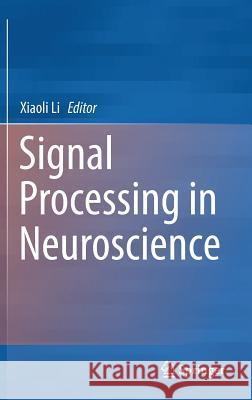Signal Processing in Neuroscience » książka
topmenu
Signal Processing in Neuroscience
ISBN-13: 9789811018213 / Angielski / Twarda / 2016 / 288 str.
Kategorie:
Kategorie BISAC:
Wydawca:
Springer
Język:
Angielski
ISBN-13:
9789811018213
Rok wydania:
2016
Wydanie:
2016
Ilość stron:
288
Waga:
5.68 kg
Wymiary:
23.5 x 15.5
Oprawa:
Twarda
Wolumenów:
01
Dodatkowe informacje:
Wydanie ilustrowane











